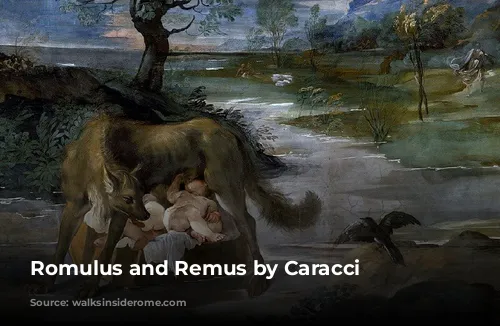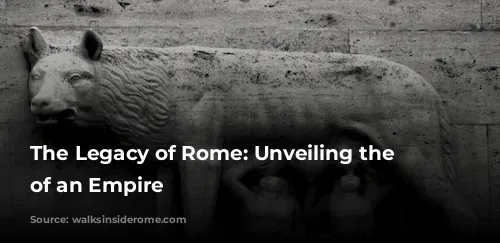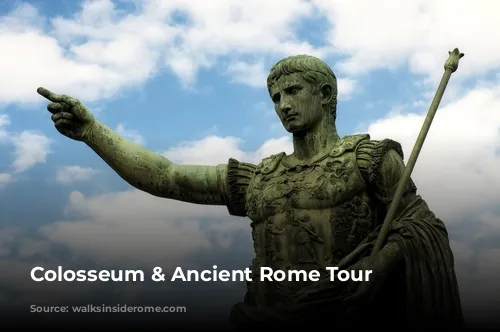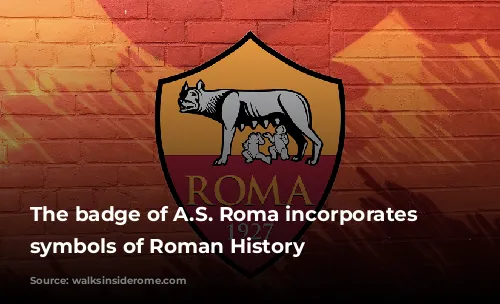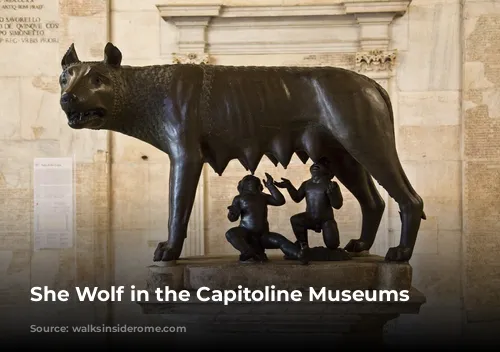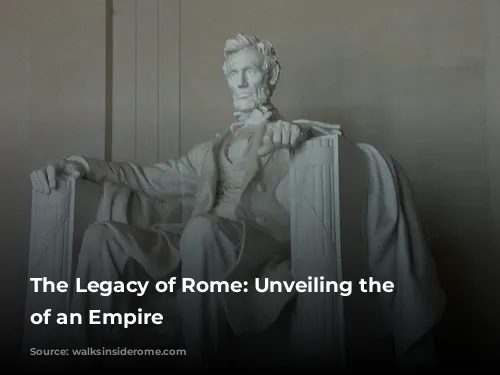Rome, a city steeped in history, is a treasure trove of symbolism. From the legendary she-wolf to the powerful eagle, the Romans employed visual cues to convey their might and authority. Let’s delve into the rich history behind some of the most recognized symbols of the Roman Empire and uncover their enduring impact on our world.

The Eagle’s Soaring Flight: A Symbol of Imperial Reach
The eagle, a majestic bird of prey, was the quintessential symbol of Rome’s vast empire. It graced the tops of legionary standards, its outstretched wings signifying the expanse of Roman dominion. While the eagle wasn’t the sole symbol used initially, its powerful presence gradually eclipsed all others.
The eagle held immense symbolic value for the Roman army. Losing an eagle standard in battle was seen as a catastrophic humiliation. The Romans, obsessed with retrieving lost eagles, embarked on ambitious missions to reclaim their pride. Augustus, the first Roman emperor, famously retrieved standards captured by the Parthians, although it involved a more diplomatic approach than a triumphant military victory.
The eagle’s significance transcended the military sphere. It became a key symbol of Roman history, even after Christianity became the empire’s official religion. The Arch of Constantine, a majestic monument commemorating the emperor’s conversion to Christianity, features eagle imagery. Even in the 11th century, long after the Roman Empire had fragmented, the Byzantine emperor Isaac I Kommenos adopted the double-headed eagle as his emblem, reflecting the Roman Empire’s legacy in both East and West.
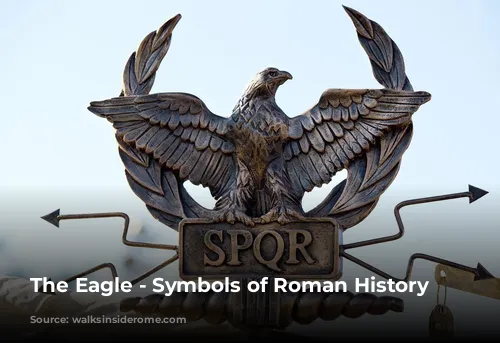
The She-Wolf: A Motherly Legend, a City’s Soul
The she-wolf, a symbol of both maternal care and primal strength, is intrinsically linked to the very foundation of Rome. The legend of Romulus and Remus, the twin founders of the city, highlights the she-wolf’s significance. According to the story, the twins were abandoned as infants and miraculously rescued by a she-wolf who nursed them in her cave.
The she-wolf’s image was prominent throughout Roman history. Statues depicting the she-wolf suckling the twins were common in Rome, a testament to the enduring belief in their legend. This symbol transcended time and found its way into modern-day Rome, notably as the emblem of A.S. Roma, one of the city’s most beloved football clubs.
However, the she-wolf’s story harbors a fascinating twist. The Latin word “lupa” can also refer to a prostitute, adding a layer of ambiguity to the legend. Ancient Rome’s brothels were known as “lupanar,” suggesting a possible link between the she-wolf and the city’s more clandestine aspects. This raises questions about the true nature of the she-wolf’s role in the Romulus and Remus story, leaving room for interpretations beyond the traditional narrative.
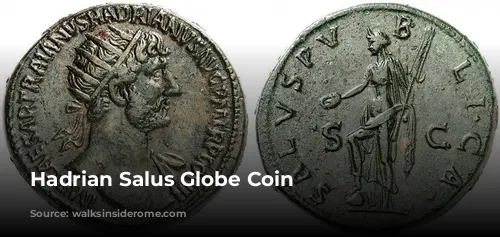
The Fasces: Bundled Power and the Legacy of Fascism
The fasces, a bundle of rods bound around an axe, is a symbol of Roman power and authority. Originally employed by the Etruscans, the fasces became a hallmark of the Roman Republic. Magistrates carried fasces, the number reflecting their status, signifying Rome’s dominion over its vast territories.
The symbolism of the fasces is intricate. The bundled rods represented collective strength, while the axe symbolized the magistrate’s authority, particularly the power to execute justice. This symbol, like many others, evolved over time. The fasces featured prominently during Roman Triumphs, adorned with a laurel wreath, marking the victory of a conquering general.
The fasces’ enduring legacy is undeniable. It has become a widespread symbol of power and justice, particularly in the United States. However, its use by Benito Mussolini, the Italian dictator who drew heavily on Roman symbolism, has forever stained its image with the connotation of fascism. This underscores the complex relationship between symbols and their potential for both inspiration and exploitation.
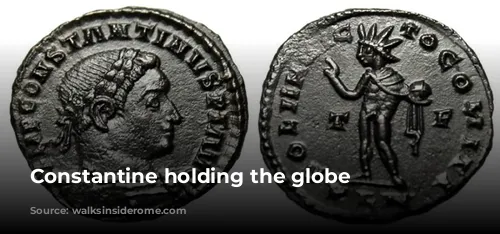
The Globe: A Symbol of Universal Dominion
The globe, representing the world, was a prominent symbol of Roman power. Held by Jupiter, the king of the gods, it signified universal dominion. It often appeared on Roman coins and statues, underscoring the empire’s vast territorial reach.
Emperors, including Hadrian and Constantine, incorporated the globe into their imagery. Constantine, in particular, utilized it to highlight his role in expanding the empire’s dominion. Christianity’s rise witnessed a modification to the globe symbol, with the addition of a crucifix. This globus cruciger, or globe with a cross, signified the Christian God’s universal authority.
The globe, with or without a cross, has continued to serve as a symbol of power and dominion in various contexts. It features prominently in portraits of royals and religious figures, highlighting their authority and the expanse of their influence.
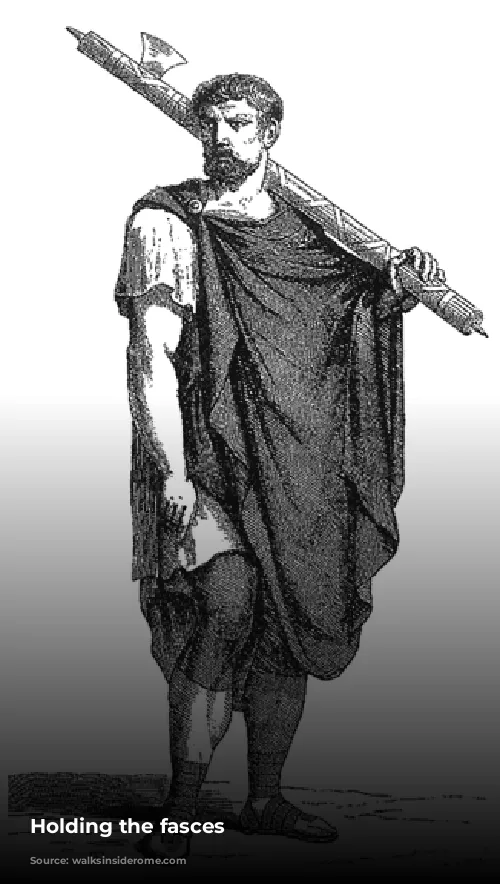
Conclusion: A Lasting Legacy of Symbols
From the mighty eagle to the nurturing she-wolf, the Romans meticulously crafted a visual language that reflected their values, beliefs, and aspirations. These symbols have transcended time and geography, influencing art, architecture, and even political movements.
As we explore the enduring legacy of the Roman Empire, it’s important to remember that symbols hold the power to inspire and to mislead. It’s through understanding their complex history and potential for interpretation that we can appreciate their full significance and navigate their enduring influence on our own world.
